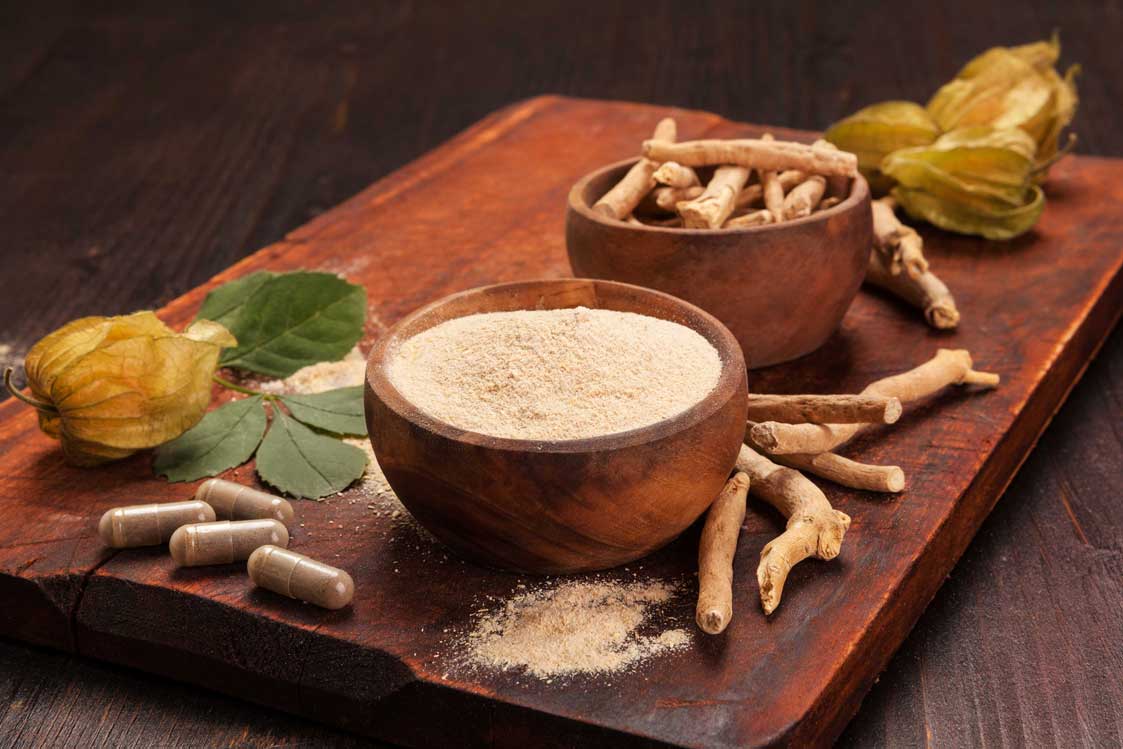
Knee gel injections, also known as viscosupplementation, are becoming an increasingly popular treatment for individuals suffering from chronic knee pain due to osteoarthritis. These injections offer a minimally invasive option for those seeking pain relief without surgery. By restoring lubrication and cushioning inside the joint, knee gel injections help improve mobility, reduce stiffness, and enhance overall quality of life for people with degenerative joint conditions.
What are knee gel injections?
Knee gel injections involve injecting a gel-like substance called hyaluronic acid into the knee joint. This compound mimics the natural joint fluid that helps reduce friction and absorb shock. According to the Mayo Clinic, these injections are primarily used for treating osteoarthritis when pain medications and physical therapy no longer provide sufficient relief.
– Main component: Hyaluronic acid, a natural substance found in joint fluid.
– Purpose: Restores lubrication, enhances shock absorption, and improves joint movement.
– Procedure type: Non-surgical and outpatient, typically done in a doctor’s office.
– Duration: Effects can last from several weeks to up to a year.
– Common brand names: Synvisc, Euflexxa, Orthovisc, and Monovisc.
How do knee gel injections work?
Hyaluronic acid injections act as a lubricant and shock absorber in the knee joint, improving movement and reducing pain caused by cartilage wear. The Arthritis Foundation explains that people with osteoarthritis often have reduced natural hyaluronic acid, leading to stiffness and discomfort. Supplementing this fluid can help restore smoother motion between bones.
– Restores viscosity: Improves the cushioning ability of joint fluid.
– Reduces friction: Allows smoother movement between cartilage surfaces.
– Decreases inflammation: May reduce the inflammatory response that worsens pain.
– Encourages joint healing: Supports the regeneration of cartilage over time.
– Delays surgery: Helps many patients postpone or avoid knee replacement procedures.
Who can benefit from knee gel injections?
Knee gel injections are most effective for people with mild to moderate osteoarthritis who still have some remaining cartilage in their knee joints. The American Academy of Orthopaedic Surgeons (AAOS) suggests they are best suited for those who have not responded adequately to conservative treatments like pain relievers or physical therapy.
– Ideal candidates: Adults diagnosed with osteoarthritis or chronic knee pain.
– Non-surgical preference: Individuals looking to avoid knee replacement surgery.
– Medication alternatives: Patients who cannot tolerate NSAIDs or corticosteroids.
– Active individuals: Those wishing to maintain mobility and physical activity.
– Early-stage arthritis: Works best when cartilage damage is not yet severe.
Benefits of knee gel injections
These injections are valued for their natural mechanism and ability to offer relief without major side effects. The Healthline Medical Review highlights that many patients report decreased pain and improved function within weeks of treatment.
– Reduced pain: Noticeable improvement in knee comfort and flexibility.
– Enhanced mobility: Easier walking, standing, and stair climbing.
– Minimal side effects: Low risk of allergic reaction or infection when administered correctly.
– Quick recovery: Most patients resume normal activities immediately after treatment.
– Complementary treatment: Can be combined with physiotherapy and weight management.
Procedure and what to expect
The procedure is quick and simple, usually lasting less than 15 minutes. After sterilizing the area, a healthcare provider injects hyaluronic acid directly into the knee joint. Some patients may receive local anesthesia to minimize discomfort.
– Step 1: Assessment by an orthopedic specialist or rheumatologist.
– Step 2: Joint preparation and cleaning of the injection site.
– Step 3: Injection of hyaluronic acid into the joint space.
– Step 4: Rest for 24 hours to allow proper absorption.
– Step 5: Gradual improvement in pain and stiffness within 2–4 weeks.
Risks and side effects
While knee gel injections are generally safe, some people experience mild side effects. According to WebMD, side effects are typically localized and temporary.
– Injection site pain: Minor soreness or swelling lasting a few days.
– Redness or bruising: Common after needle insertion.
– Allergic reactions: Rare but possible in individuals sensitive to animal-derived hyaluronic acid.
– Fluid buildup: Temporary swelling caused by joint inflammation.
– Infection risk: Very rare when performed in a sterile environment.
Comparing knee gel injections with other treatments
There are several treatment options for knee pain, each with its own benefits and limitations. Knee gel injections occupy a middle ground between conservative care and surgical intervention.
– Pain medications: Offer temporary relief but may cause side effects with long-term use.
– Corticosteroid injections: Provide fast relief but can weaken joint tissues over time.
– Physical therapy: Improves mobility but may not fully address pain for severe cases.
– Platelet-rich plasma (PRP) therapy: Uses a patient’s own plasma to promote healing.
– Knee replacement: Reserved for advanced arthritis when other treatments fail.
How long do results last?
Relief from knee gel injections varies by patient but often lasts between six months to a year. Some individuals may benefit from repeat injections annually to maintain results. Maintaining a healthy weight, staying active, and following a physical therapy plan can extend the benefits.
– Onset of relief: Typically 2–4 weeks post-injection.
– Duration: Up to 12 months, depending on condition severity and lifestyle.
– Repeat treatments: Can be safely repeated under medical supervision.
– Supportive care: Weight management and exercise help sustain pain relief.
– Combined approach: Works best when integrated with holistic arthritis management.
Final thoughts
Knee gel injections offer a valuable, non-surgical option for individuals with osteoarthritis and chronic knee pain. They restore natural joint lubrication, reduce friction, and improve overall mobility, providing lasting relief for many patients. However, results vary, and injections are most effective when combined with a healthy lifestyle, physical therapy, and medical supervision. Before pursuing this treatment, consult with an orthopedic specialist to determine whether viscosupplementation is the right solution for your knee health and pain management goals.



